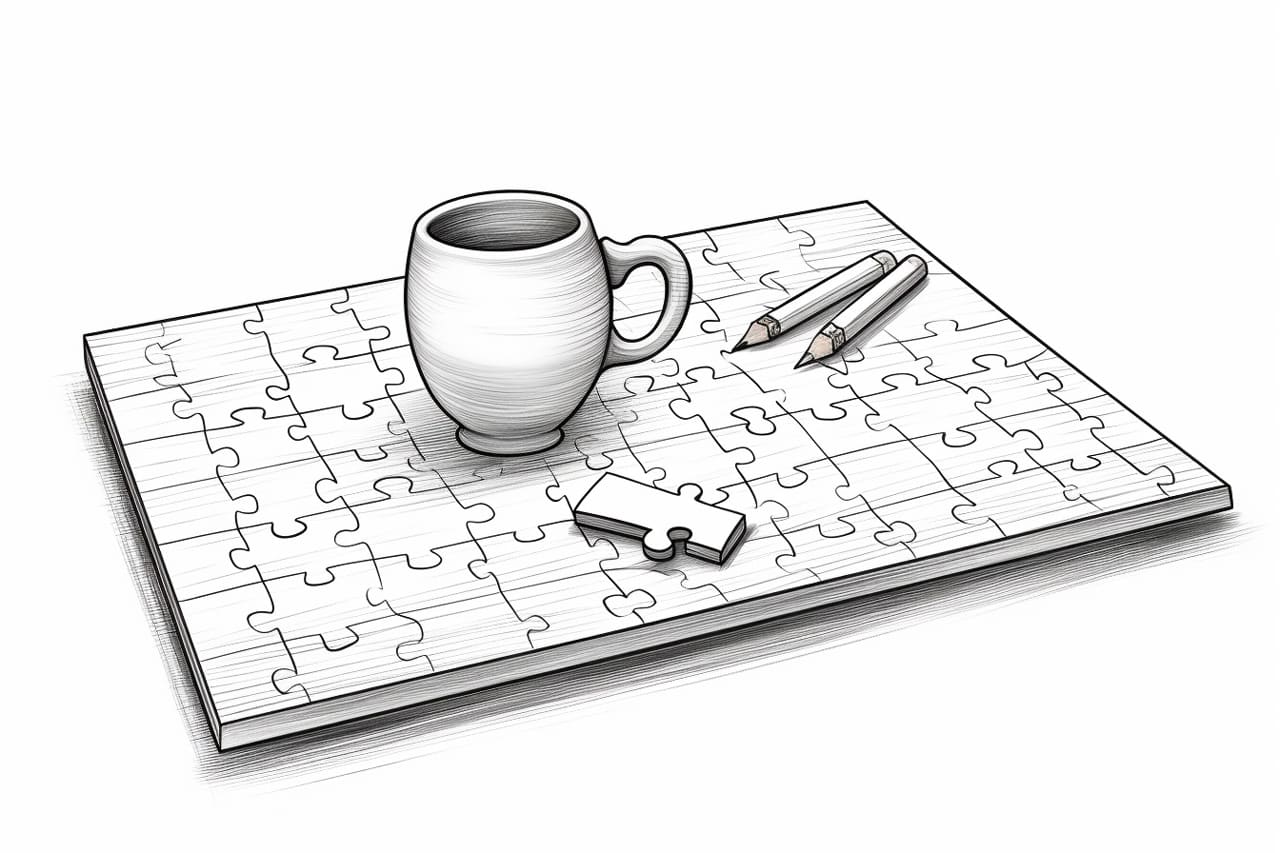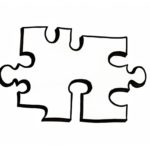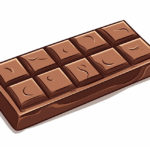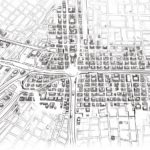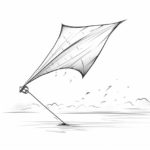Puzzles are a great way to challenge the mind and provide hours of entertainment. Drawing a puzzle can be equally rewarding, allowing you to create your own unique design to solve or share with others. In this tutorial, I will guide you through the process of drawing a puzzle step-by-step. Whether you are a beginner or an experienced artist, this article will provide you with the necessary instructions to create your very own puzzle masterpiece!
Materials Required
Before we begin, let’s gather the materials you will need for this project:
- Drawing paper or a sketchbook
- Pencil
- Eraser
- Ruler
- Compass
- Black pen or marker (optional, for outlining)
Now that we have everything we need, let’s dive into the step-by-step process of drawing a puzzle!
Step 1: Decide on the Shape
The first step in drawing a puzzle is deciding on the shape you want your puzzle to be. Puzzles can come in a variety of shapes, such as squares, triangles, or even irregular shapes. Choose a shape that appeals to you and fits the theme of your puzzle.
Step 2: Draw the Outer Border
Using your ruler, draw the outer border of your puzzle. This will define the boundaries of your puzzle and create a neat frame for your design. Make sure the sides of the border are straight and evenly spaced.
Step 3: Divide the Puzzle into Sections
Next, decide how many sections you want your puzzle to have. This will depend on the level of complexity you desire. Use your ruler and pencil to draw straight lines across the puzzle, dividing it into equal sections. You can also create irregular sections if you prefer a more challenging puzzle.
Step 4: Add Interlocking Shapes
To make your puzzle more interesting and challenging, add interlocking shapes within each section. These shapes will fit together when the puzzle is solved. You can choose from a variety of shapes, such as circles, squares, or even more complex designs. Use your compass and pencil to draw these shapes within each section, making sure they interlock properly.
Step 5: Rethink and Refine
Now that you have a rough sketch of your puzzle, take a moment to rethink and refine your design. Look for any areas that may need adjustment or improvements. Make sure the sections and interlocking shapes are visually balanced and appealing. This is also a good time to erase any unnecessary lines or mistakes.
Step 6: Outline with Pen or Marker (Optional)
If you want to add more definition and make your puzzle stand out, you can outline your design with a black pen or marker. This will give your puzzle a more finished look. Be careful and steady-handed as you trace over your pencil lines. Once the ink is dry, erase any remaining pencil marks.
Step 7: Add Details and Clues (Optional)
To make your puzzle even more engaging, consider adding details and clues to guide the solver. You can write numbers, letters, or symbols within each section to provide hints or instructions. Remember to keep the clues subtle and not too obvious, maintaining the challenge and enjoyment of solving the puzzle.
Conclusion
Congratulations! You have successfully learned how to draw a puzzle. Drawing a puzzle allows you to express your creativity and create a unique challenge for yourself or others. Remember to experiment with different shapes, sizes, and designs to create a wide variety of puzzles. Have fun and happy puzzling!

